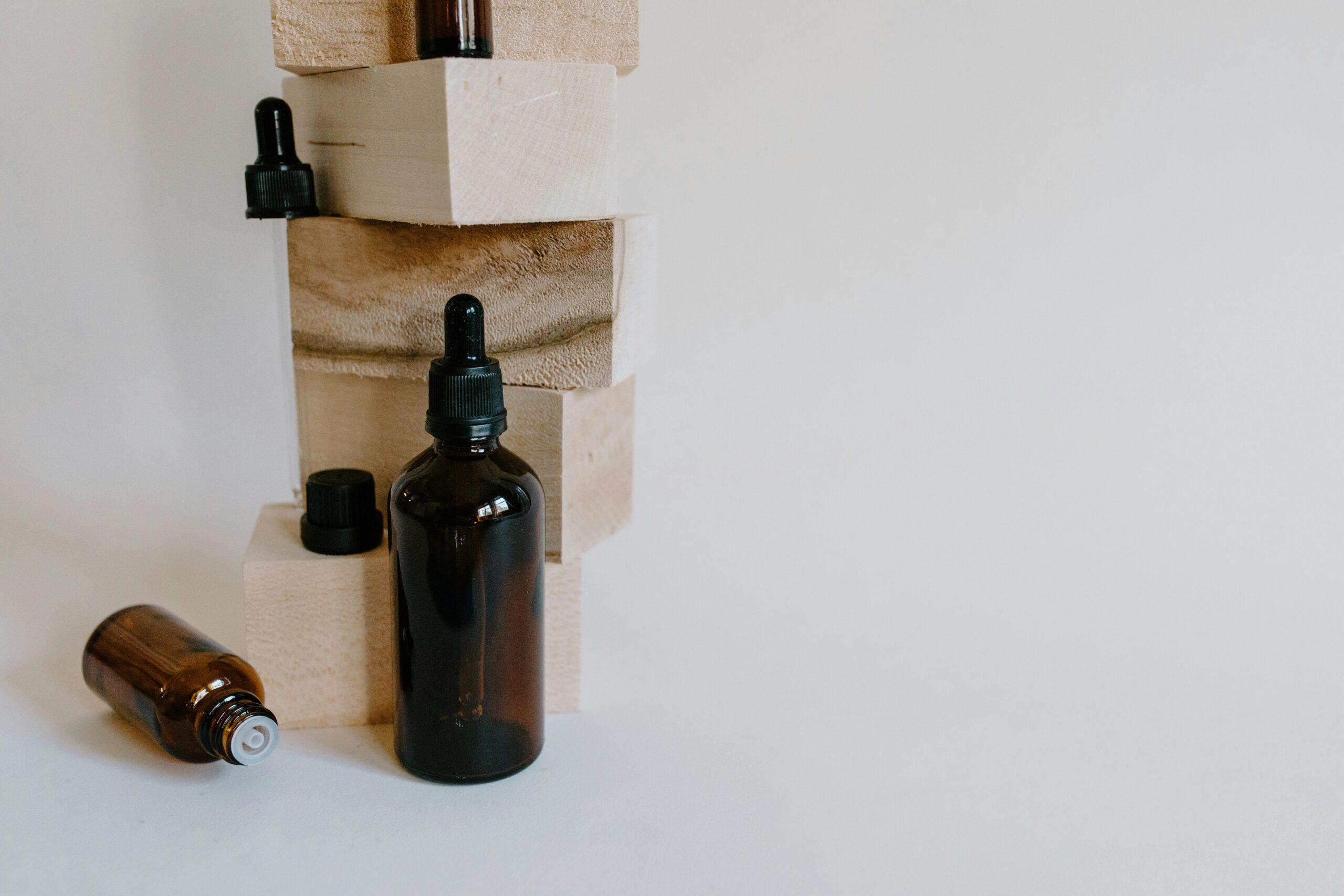
You’re likely aware that emails, social media profiles, and other online sources store your data and that this information is vulnerable to hackers who can use it for a variety of purposes, including identity theft. But did you know that this risk transcends these applications and includes your phone itself?
As our phones become more and more integrated into nearly every aspect of our lives, security is more important than ever and text messages are no exception. This is especially true when you’re sending information about your finances, health, family, or business activities. But how do you keep this information protected?
Here are a few ways you can keep your messages safe while texting so you can have peace of mind when using your phone:
1. Keep Your Phone on Your Person
This might seem obvious but leaving your phone unprotected can allow others to easily access your private messages. You might trust your colleagues but if you’re discussing something especially sensitive, you might not want to leave your phone on your desk while you’re away.
Similarly, you never want to leave your phone unattended in public. You don’t want to assume the worst of others, but it’s also better to be safe than sorry.
Now that we’ve covered the most basic way to prevent your messages from being seen by prying eyes, let’s discuss more advanced measures you need to implement to protect your messages from cyber security threats.
2. Password Protect Your Phone
First and foremost, you want to make sure your phone is as protected as possible from being accessed by others. Now, many phones give you the option to not only use an actual password to get into your phone, but facial recognition or thumbprint technology as well.
While registering your face or thumbprint is pretty straightforward, choosing your password relies on you to make it as secure as possible. When selecting your phone’s password you want to avoid using birthdays, anniversaries, and other combinations that could be easy to guess. Instead, create a password that you don’t use for anything else and would not be obvious. However, you don’t want to make it so hard that you can’t remember it.
Not sure how to set up password protection on your phone? There are plenty of resources online that will walk you through the process step-by-step to password protect your Android or iPhone.
This is the first line of defense for safe text messaging, but it isn’t the only measure you should take.
3. Use iMessaging
If you’re using iMessages with another iPhone user, your text messages are automatically encrypted.
What does that mean? Encrypted text messaging is when only you and the other user have the “keys” to reach one another’s messages. Any other party will only be able to see random combinations of characters that cannot be deciphered.
When considering the safety of your data, you want to make sure that there is end-to-end encryption. This means that the information is encrypted from sending to storage, not just while in transit.
Apple automatically uses end-to-end encryption for messages between their products on the iOS system. If you’re not tech-savvy, an easy way to tell if the person you’re texting is an Apple user is if their texts are in a blue bubble. If they’re not, your texts are not encrypted and are vulnerable.
4. Message Through Encrypted Apps
If you have an Android, or a texting someone who doesn’t have an iPhone, you should use a third-party app that encrypts your messages. There are plenty of options to choose from depending on your preferences, and you might even have one of them on your phone already.
You’ve probably used a third-party messaging app if you’ve ever taken a girls trip to somewhere remote and had to rely on wifi to communicate with loved ones back home. Using it for everyday messaging shouldn’t be too inconvenient. Afterall, it’s not that much different than going into your phone’s traditional texting app.
Whether you’re worried about protecting your career, personal information, or just want one less thing to worry about, text message security is a necessity. If you haven’t already, take these easy steps as soon as possible to safeguard your data and yourself.

















